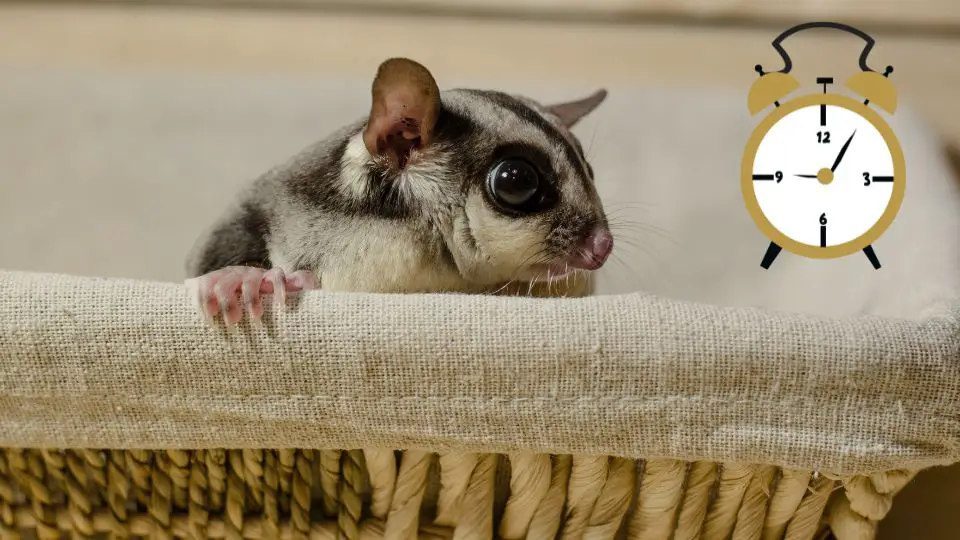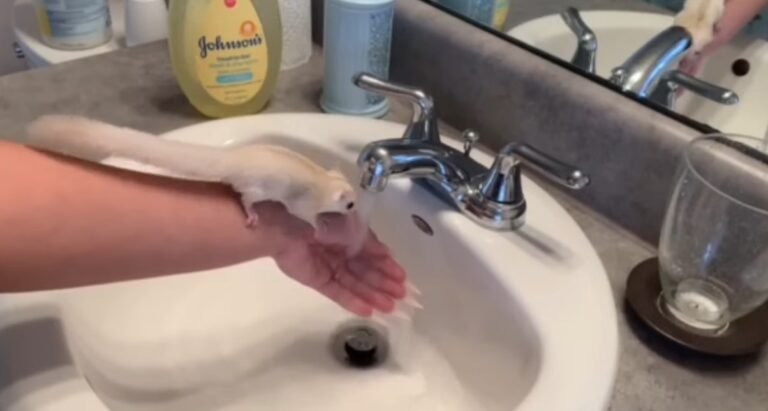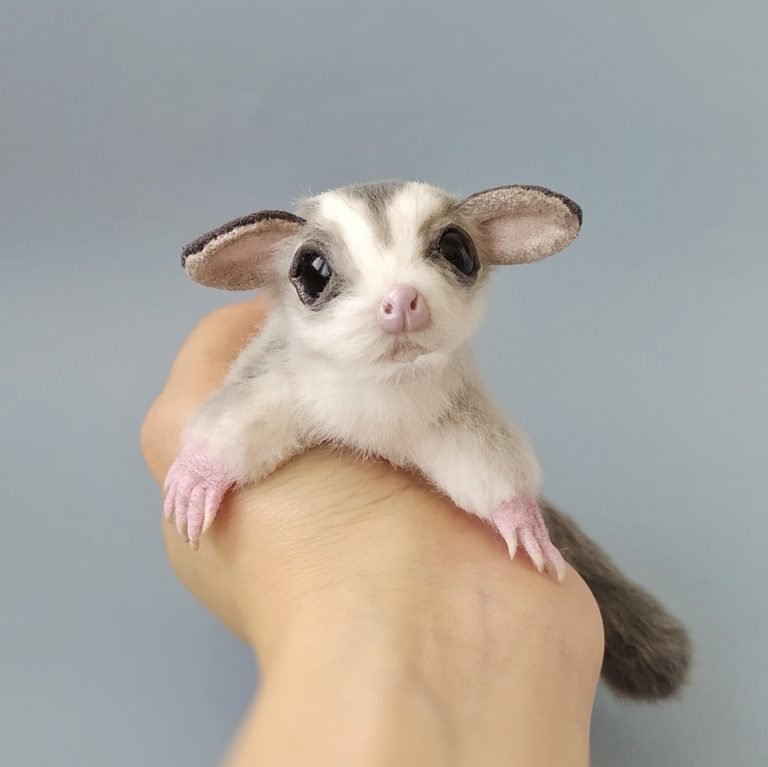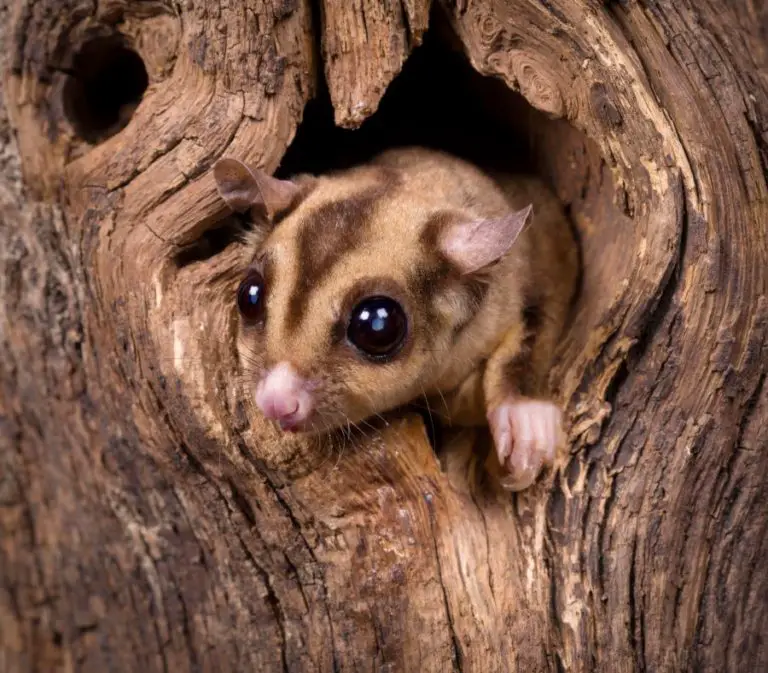Where Do Sugar Gliders Sleep
Where Do Sugar Gliders Sleep? The Ultimate Guide to Sugar Glider Sleeping Habits
Sugar gliders, those adorable little creatures known for their large, expressive eyes and the ability to glide through the air, make fascinating pets. But if you’re considering bringing one into your life, you might be wondering, “Where do sugar gliders sleep?” After all, providing a safe and comfortable sleep environment is crucial for the health and well-being of these nocturnal animals. In this comprehensive guide, we’ll explore the sleeping habits of sugar gliders and provide you with all the information you need to create the perfect sleeping space for your furry friend.
Understanding Sugar Glider Sleep Patterns
Before we dive into the specifics of where sugar gliders sleep, let’s take a closer look at their sleep patterns. Sugar gliders are nocturnal animals, which means they are most active at night. During the day, they prefer to sleep in a quiet and cozy spot. In the wild, sugar gliders create nests in tree cavities or use the hollows of branches to rest. Their sleeping habits are deeply ingrained, even in captivity.
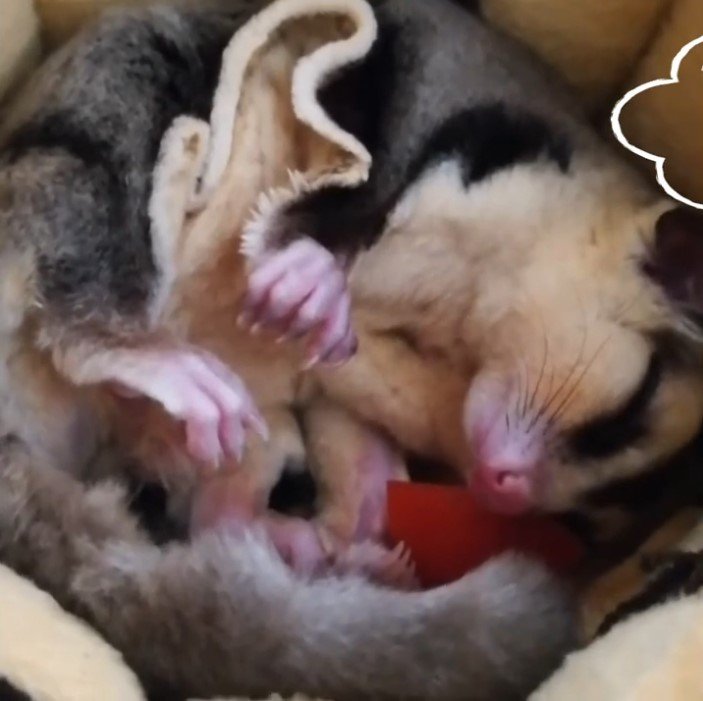
The Importance of a Proper Sleep Environment
Creating a suitable sleep environment is crucial to ensure your sugar glider gets enough rest. Since they are most active at night, it’s important to provide them with a dark and quiet space during the day. Sugar gliders are easily disturbed by loud noises, bright lights, and excessive activity in their surroundings. By providing a peaceful sleep environment, you can help them get the quality rest they need.
Where Do Sugar Gliders Sleep in the Wild?
In their natural habitat, sugar gliders use tree hollows as their sleeping spaces. These hollows, often created by other animals or natural processes, offer them a safe and secure spot to rest during the day. The hollows protect them from predators and provide insulation against extreme temperatures. Sugar gliders build nests inside the hollows by stuffing them with leaves, bark, and other materials. These nests create a cozy and comfortable sleeping environment for the gliders.
Creating the Perfect Sleeping Space at Home
Now that we understand the natural sleeping habits of sugar gliders, let’s explore how you can create the perfect sleeping space for your pet at home. Since most of us don’t have tree hollows in our living rooms, we’ll need to get a bit creative. Here are some options to consider:
1. Sleeping Pouches: Sleeping pouches are a popular choice among sugar glider owners. These soft, fleece-lined pouches mimic the coziness of a nest and provide a comfortable sleeping space. You can find a variety of sleeping pouches designed specifically for sugar gliders in pet stores or online.
2. Nesting Boxes: Another option is to provide a nesting box in your sugar glider’s enclosure. These boxes resemble tree hollows and offer a secure place for your pet to sleep. Make sure to choose a nesting box that is big enough for your sugar glider to stretch out in comfortably.
3. Hammocks: Sugar gliders also enjoy sleeping in hammocks. These hanging beds not only provide a comfortable sleeping spot but also offer stimulation and entertainment for your pet. Just make sure to choose a hammock that is appropriate for sugar gliders and secure it properly in the enclosure.
Essential Tips for a Happy Sleepy Sugar Glider
Creating the perfect sleep environment is just one part of ensuring your sugar glider gets a good night’s sleep. Here are some additional tips to help you provide the best sleeping experience for your pet:
Keep the enclosure clean: Regularly clean your sugar glider’s sleeping area to remove any waste or debris that might disturb their sleep.
Maintain a consistent temperature: Sugar gliders are sensitive to temperature changes. Keep the enclosure at a comfortable temperature to ensure they sleep soundly.
Provide enrichment: Sugar gliders are intelligent creatures and need mental stimulation. Add toys, branches, and other forms of enrichment to keep them entertained during waking hours.
Frequently Asked Questions
Now that you know all about sugar glider sleeping habits, here are some frequently asked questions to further expand your knowledge:
Q: Can sugar gliders sleep alone?
A: While sugar gliders are highly social animals and prefer to sleep in groups, they can also sleep alone if they feel safe and secure.
Q: How long do sugar gliders sleep?
A: Sugar gliders typically sleep for around 12-14 hours during the day, as they are nocturnal animals.
Q: Can sugar gliders sleep in a regular bird cage?
A: While a bird cage may provide a temporary solution, it is not the ideal sleeping space for sugar gliders. It’s best to provide a designated sleeping area that mimics their natural habitat.
Final Thoughts
Creating a suitable sleep environment is essential for the health and well-being of your sugar glider. By understanding their natural sleeping habits and providing them with a cozy and comfortable space, you can ensure your pet gets the rest they need. Remember to consider their nocturnal nature and provide a quiet and dark environment during the day. With a little care and attention, you can help your sugar glider sleep soundly and thrive in their new home.

